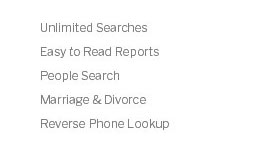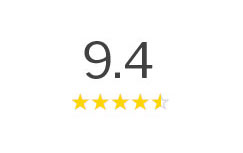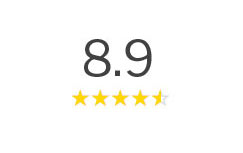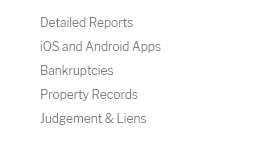 |
 |
|---|
|
|
|---|
 |
 |
 |
 |
|---|---|---|---|
 |
 |
 |
|
 |
|||
 |
 |
 |
|
 |
|||
 |
 |
 |
|
 |
|||

|
80qftgdhszo Understanding Social Security Death RecordsThe realm of Social Security Death Records (SSDR) is often shrouded in mystery, yet it plays a crucial role in numerous aspects of modern life. While many may view these records as mere archival entries, their significance extends far beyond their initial purpose. Social Security Death Records are essentially a compilation of data concerning individuals who have passed away, and whose deaths have been reported to the Social Security Administration (SSA). As such, they form an integral part of the nation's efforts to maintain accurate records, aid in identity verification, and prevent fraud. One might ask, 'Why are these records so important?' The answer lies in their multifaceted applications. First and foremost, they serve as a reliable source of information for genealogists and researchers delving into family histories. Imagine tracing your lineage and discovering a long-lost relative through these records, piecing together the story of your ancestry in a way that brings history to life. Moreover, financial institutions and businesses often rely on SSDR to verify the death of an account holder, thereby safeguarding against identity theft and ensuring the rightful allocation of benefits. In an era where fraud is rampant, the role of these records in protecting personal and financial integrity cannot be overstated. The availability of these records to the public has sparked discussions about privacy and accessibility. On one hand, open access to death records can potentially lead to misuse. However, it's worth noting that the Social Security Administration takes measures to protect sensitive information, offering a balance between transparency and privacy. It's a delicate dance-one that underscores the importance of responsible data management in today's digital age. Real-world examples abound, demonstrating the utility of SSDR. Consider the case of a financial analyst working to resolve a complex estate settlement. By accessing accurate death records, the analyst can verify claims and ensure that the distribution of assets aligns with the decedent's wishes. Similarly, public health officials may analyze SSDR data to study mortality trends, which can inform policy decisions and public health strategies. Such applications illustrate the diverse utility of these records, extending their relevance far beyond what one might initially assume.
In conclusion, Social Security Death Records are far more than just a collection of names and dates. They are a testament to lives lived and stories told, providing a bridge between the past and the present. As we continue to navigate the complexities of data usage and privacy, the responsible management of these records remains paramount. In a world where information is both a tool and a commodity, understanding the nuances of SSDR is essential for anyone seeking to stay well-informed. https://www.ssa.gov/dataexchange/request_dmf.html
We compile files of death information from our Master Files of Social Security Number (SSN) Holders and SSN Applications (Enumeration System) system of records, ... https://pmc.ncbi.nlm.nih.gov/articles/PMC406423/
The SSA DMF is a database available to the public containing death notices for enrollees in the U.S. Social Security program. This free service is available on ... https://blog.ssa.gov/social-security-addressing-aged-records/
The data reported in the media represent people who do not have a date of death associated with their record. While these people may not be ...
|
|---|